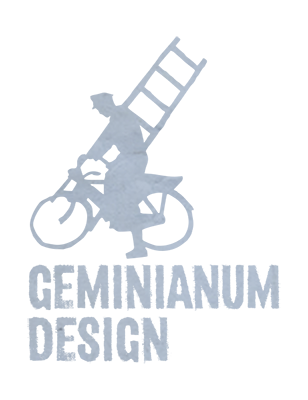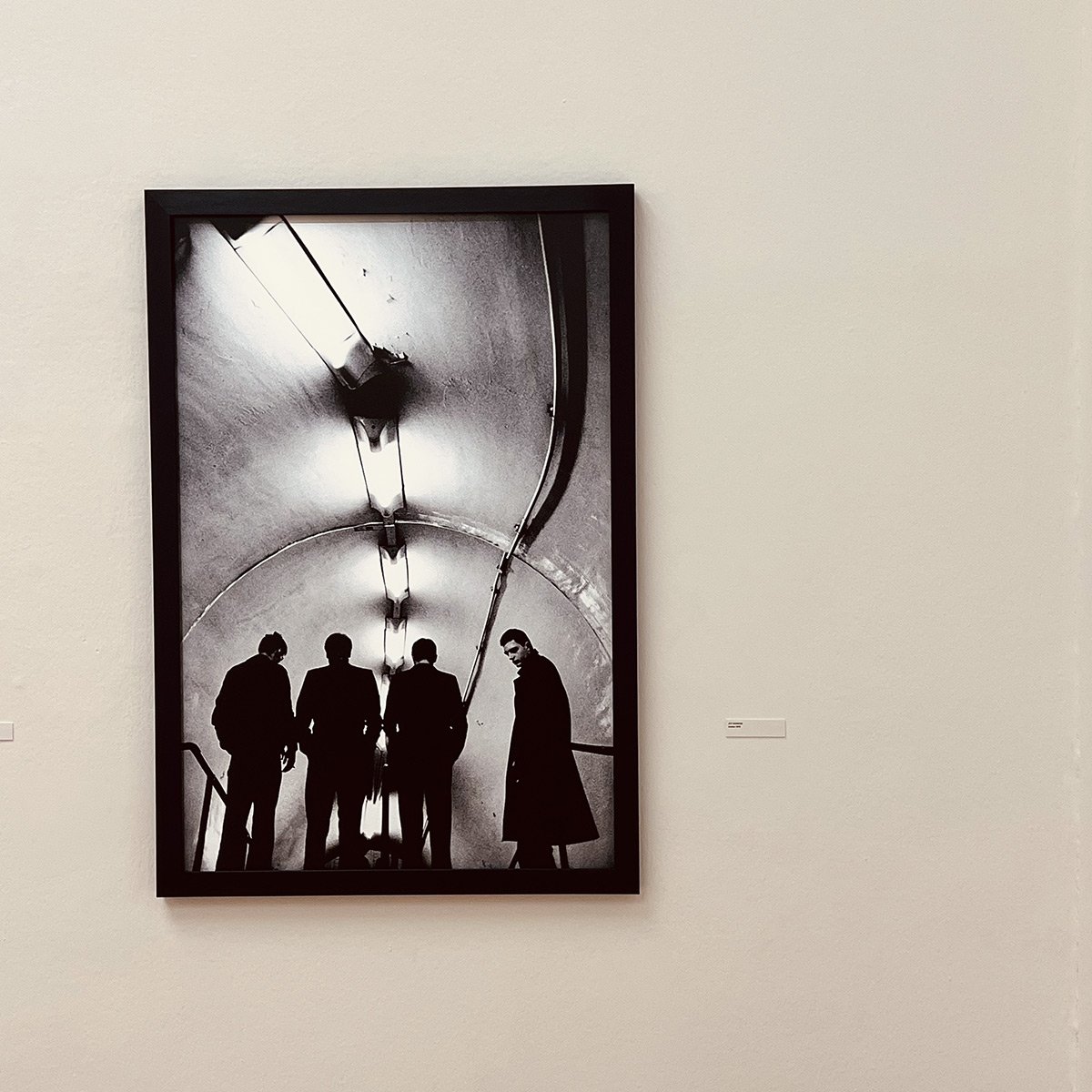13 things I learned about Anton Corbijn from his Q&A
Anton Corbijn is my favorite creative person. Like many, I started out by imitating the artists I admired, and during my high school years, I spent my days trying to design and photograph the way Anton would.
When I heard he’d be doing a Q&A in Vienna this February—followed by a 35mm screening of Control (2007)—I didn’t hesitate. I booked a hotel room, a bus ticket, and a front-row seat at the cinema. Since it was right around my birthday, I told myself it was a justified indulgence.
The Q&A was long, insightful, and packed with fascinating details. The audience was a complex Venn diagram of cinema lovers, music enthusiasts, and photography fans, all overlapping in different ways. At the center of it all was Anton—photographer, music video visionary, and filmmaker.
He’s not the most extroverted or talkative person (something I relate to), but over the course of the evening, he shared stories and insights I hadn’t come across in all my years following his work.
Here are 13 things that stuck with me the most.
1) The story behind the iconic photo
In 1979, Anton moved to London to be near Joy Division because he loved their music. Just 12 days later, he met them after a concert and arranged a photoshoot for the next day. They met at Lancaster Gate station, near Anton’s home, where he took what would become the most famous Joy Division photograph.
At the time, no magazine wanted to buy the image because only one face—Ian’s—was visible. But after Ian’s suicide in 1980, the photo became iconic. For decades, Anton kept the location a secret to prevent people from recreating it.
2) Not close with Ian Curtis
Despite what his photos might suggest, Anton never became friends with Ian Curtis. They only met briefly for photoshoots and their conversations were limited because Anton’s English was poor at the time.
3) Stuck on a U2 boat
While working as NME’s chief photographer, Anton didn’t really like U2 or Depeche Mode and repeatedly declined to shoot them. His first U2 session finally happened in 1982 in New Orleans. He was excited to visit the U.S. and planned to explore the city after snapping a few photos at their boat concert. But the boat took off, leaving him stuck on board for the entire show.
4) Shooting A Question of Time
A similar situation led to his first Depeche Mode music video. He had resisted working with the band, but when he learned the shoot would take place in America, he agreed. That’s how A Question of Time was born—marking the beginning of a long and influential collaboration in which Corbijn shaped Depeche Mode’s visual identity for decades. His most recent video for the band, Ghosts Again, was released in 2023.
5) Becoming a filmmaker
For years, Anton resisted making films despite being encouraged to do so. He received many scripts but turned them all down, feeling he lacked the skills and that better directors should handle those stories. However, when Control, a story of Joy Division, came his way, he realized he had an emotional connection to the material that other, more experienced filmmakers might not. That was what convinced him to finally take the leap into directing.
6) Herbert Grönemeyer’s influence
One of the people who pushed Anton toward filmmaking was German musician and actor Herbert Grönemeyer. Anton once told him, “If I ever make a movie, you’ll have to act in it.” When Control became a reality, Herbert took on a small role as the doctor who lectures Ian Curtis about his medication’s side effects (that scene ended up being the very last one shot for the film). Anton and Herbert kept their collaboration on subsequent films as well. On The American and A Most Wanted Man the German pop icon took care of the soundtracks (while also appearing in a small role in A Most Wanted Man).
7) Sam Riley as Ian Curtis
For Control, Anton wanted an unknown actor to play Ian Curtis to make the portrayal feel authentic. The role ultimately went to Sam Riley, who delivered an incredible performance. Now, when Anton thinks of Ian, he sees Sam Riley in his mind. (I’ve noticed the same thing happens to me.)
8) An earthquake before The American
On the day Anton met George Clooney to discuss The American, an earthquake struck Abruzzo, the region in Italy where they had planned to shoot. Initially, he thought the project might be abandoned, but they ultimately moved filming to new locations—Castel del Monte and Castelvecchio Calvisio—after L’Aquila, the original site, was no longer an option.
10) Biking in Hamburg for A Most Wanted Man
While preparing A Most Wanted Man (2014), a thriller based on John le Carré’s novel, Anton wanted Australian screenwriter Andrew Bovell to experience Hamburg firsthand, as he saw the city as almost a character in the film. To immerse him in the atmosphere, they rented bikes and set off to explore. However, Andrew—far more comfortable on horseback than on a bicycle—didn’t make it very far.
11) DIY typography
Many of Anton’s photos ended up as album covers, but he was often dissatisfied with the way designers handled them. Wanting more creative control, he decided to take matters into his own hands. Since he wasn’t skilled in typography, he found a solution—painting the text himself.
12) No more music videos
Anton doesn’t plan on making music videos anymore. Half-jokingly, he said he feels like he’s used up all his ideas. But beyond that, he no longer feels the same passion—something he believes is essential for the process.
13) New film: Switzerland
Anton is currently in the middle of shooting his new film, Switzerland (working title), a thriller based on the life of Patricia Highsmith. Helen Mirren plays the lead. He took a short break from filming to visit Vienna for the Q&A and to open his photography exhibition.












